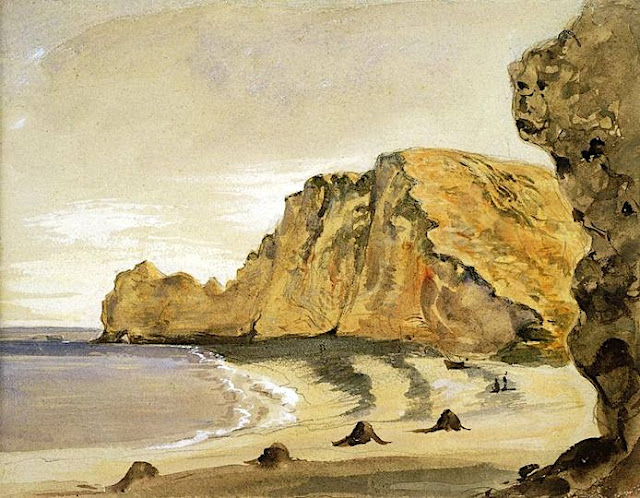The mountain
Puy de Dôme (1,465 m- 4,806 ft) is a lava dome and one of the youngest volcanoes in the Chaîne des Puys region of Massif Central in central France. This chain of volcanoes including numerous cinder cones, lava domes and maars is far from the edge of any tectonic plate. Puy de Dôme was created by a Peléan eruption, some 10,700 years ago. Puy de Dôme is approximately 10 kilometres (6 mi) from Clermont-Ferrand. The Puy-de-Dôme département is named after the volcano. In pre-Christian Europe, Puy de Dôme served as an assembly place for spiritual ceremonies. Temples were built at the summit, including a Gallo-Roman temple of Mercury, the ruins of which were discovered in 1873.
In 1648, Florin Périer, at the urging of Blaise Pascal, proved Evangelista Torricelli's theory that barometric observations were caused by the weight of air by measuring the height of a column of mercury at three elevations on Puy de Dôme.In 1875, a physics laboratory was built at the summit. The Puy de Dôme is one of the most visited sites in the Auvergne region, attracting nearly 500,000 visitors a year. The summit offers expansive views of the Chaîne des Puys and Clermont-Ferrand.
The painter
Etienne-Pierre-Théodore Rousseau was a French painter of the Barbizon school. Not to be confused with Henri Rousseau (called Le Douanier), he was born in Paris, of a bourgeois family and received at first a business training, but soon displayed aptitude for painting. The influence of classically trained artists was against Rousseau and its paintings had to wait until 1848 before to be presented adequately to the public. In 1848, Rousseau took up his residence in the forest village of Barbizon, and spent most of his remaining days in the vicinity. He was now able to obtain fair sums for his pictures (but only about one-tenth of their value thirty years after his death), and the number of his admirers increased. He was still ignored by the authorities, for while Narcisse Virgilio Diaz was made Chevalier of the Legion of Honour in 1851, Rousseau was left undecorated at this time, but was nominated and awarded the Cross soon afterwards.
At the Exposition Universelle of 1853, where all Rousseau's rejected pictures of the previous twenty years were gathered together, his works were acknowledged to form one of the best of the many splendid groups there exhibited. But, after an unsuccessful sale of his works by auction in 1861, he contemplated leaving Paris for Amsterdam or London, or even New York. Rousseau's pictures are always grave in character, with an air of exquisite melancholy. They are well finished when they profess to be completed pictures, but Rousseau spent so much time developing his subjects that his absolutely completed works are comparatively few. He left many canvases with parts of the picture realized in detail and with the remainder somewhat vague; and also a good number of sketches and water-color drawings. His pen work in monochrome on paper is rare. There are a number of good pictures by him in the Louvre, and the Wallace collection contains one of his most important Barbizon pictures. There is also an example in the Ionides collection at the Victoria and Albert Museum in London.
___________________________________________
2020 - Wandering Vertexes...
by Francis Rousseau










